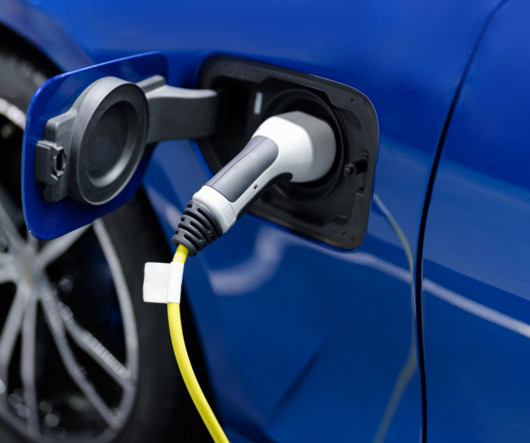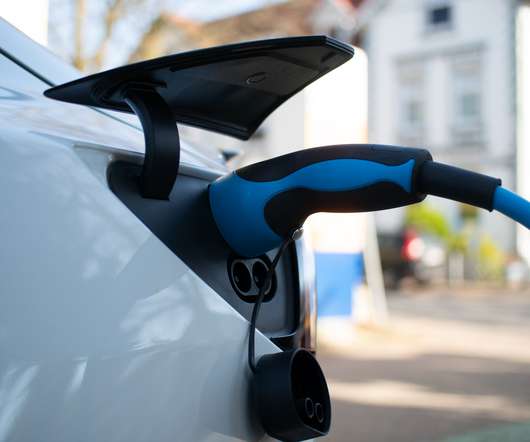RESPONSE TO CLIMATE CHANGE COMMISSION: Drive Electric’s advice on the second draft of the Emissions Reduction Plan (2026-2030)
Drive Electric
JUNE 19, 2023
There needs to be further consideration given to how to enable private investment into decarbonisation initiatives that require renewable energy and connections, but where the business case may not yet be economic, because of the cost of doing so. EV smart charging could save the New Zealand economy close to $3 billion by 2035.










Let's personalize your content